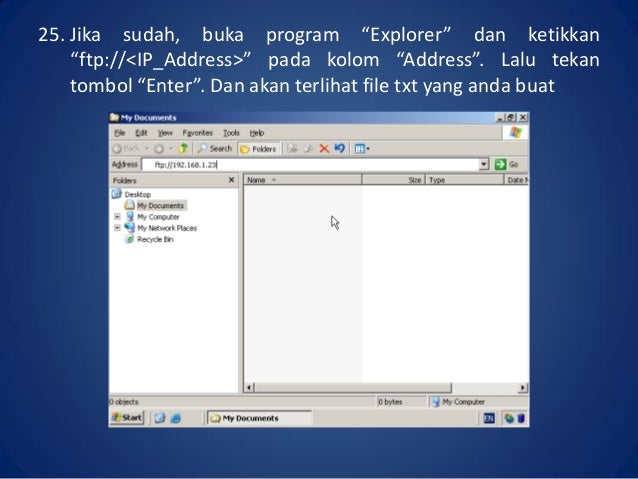Ftp Server For Windows 2003
Building your own FTP (File Transfer Protocol) server can be one of the easiest and most convenient solutions to transfer file through a private or public network without limitations and restrictions typically found with most cloud storage services.There are also many benefits running your FTP server. For example, it's private, and you have absolute control. It's fast (depending on your internet connection speeds), and there is virtually no limits on the amount and type of data you can store.Also, you don't have restrictions on file sizes either, which means that you can transfer something as small as a text file or a 1000GB PC backup, and you can even create multiple accounts to let friends and family access or store content remotely too. You'll find many third-party software on the internet to build a file transfer server, but Windows includes an FTP server feature that you can set up without the need to resource to other solutions. In this, we'll walk you through the steps to successfully set up and manage an FTP server on your PC to transfer files from your home network or remotely over the internet. How to install an FTP server on Windows 10Very similar to previous versions, includes the necessary components to run an FTP server.
Note: I'm using Internet Explorer, because seems not to include the functionality to browse FTP sites. You can also opt to use Chrome, Firefox, or another modern web browser.To test if your FTP server is reachable from the internet, visit Google or Bing, do a search for 'What's my IP?' Note your public IP address from the results and type it into the address bar using the FTP link format and press Enter.If you get a login prompt, then everything is working as expected. Simply enter your account credentials and you're should be able to sign-in. How to upload files to an FTP server on Windows 10Keep in mind that the method shown above is only useful to test, browse, and download files from an FTP site. You have to use the following instructions to be able to browse, download and upload files. Use the Windows key + E keyboard shortcut to open File Explorer.
On the address bar type your public IP address on an FTP format. For example, FTP://172.217.3.14. Enter your username and password. Check the Save password option.Click Log On.Using this method, you can browse, download, and upload files as if FTP server was just another drive connected to your computer.Furthermore, you can also right-click Quick Access on the left pane and select Pin current folder to Quick Access to easily reconnect to the FTP server at a later time. Quick Tip: You're not limited to use only File Explorer, you can use any FTP client like the popular to transfer files over a local or public network. How to create multiple FTP accounts on Windows 10If you want to allow other people to access your FTP server too, you can create multiple accounts with specific permissions to download and upload files.To let other people access to your FTP server, you need to create a new Windows 10 account for each user, associate each account with the FTP home directory, and configure the appropriate settings.
Install Ftp Server Windows 2003
If your client PC is Windows and both the server and client are running NetBEUI, then it's rather simple:. Click the 'Map Network Drive' button in Explorer. On the 'What network folder would you like to map?' Page, click the link that says 'Connect to a website that you can use to store your documents and pictures.'
. Select 'Choose a custom network location' and in the 'Internet or network address:' field type the ftp address. E.g. You can choose to log on anonymously or use a specific username and password.Now, if you want to map a drive letter to a FTP directory, you'll need a third party tool. One can also perform the same trick using NET USE.
Ftp Client For Windows Server 2003

Ftp Server Windows Server 2003
You'll need to modify your LMHOSTS file.